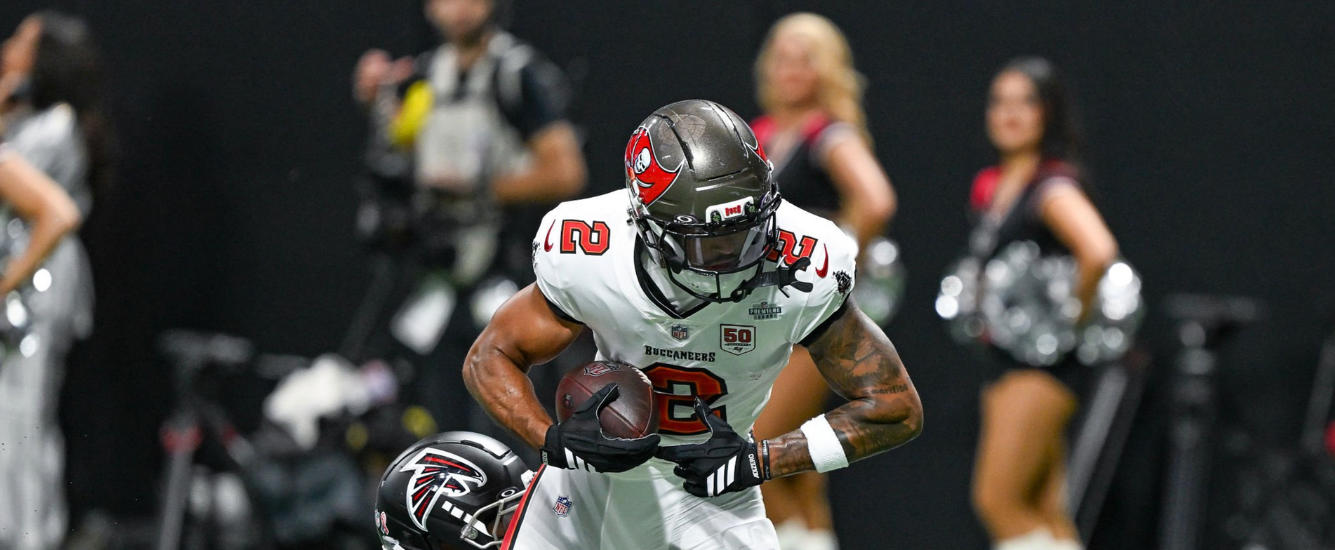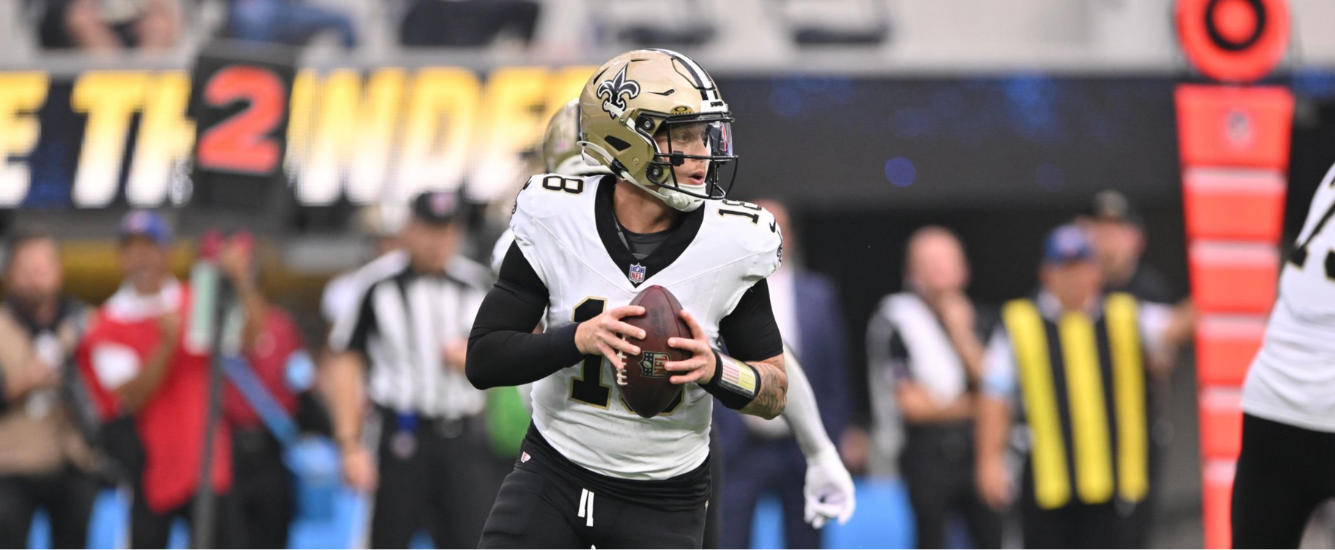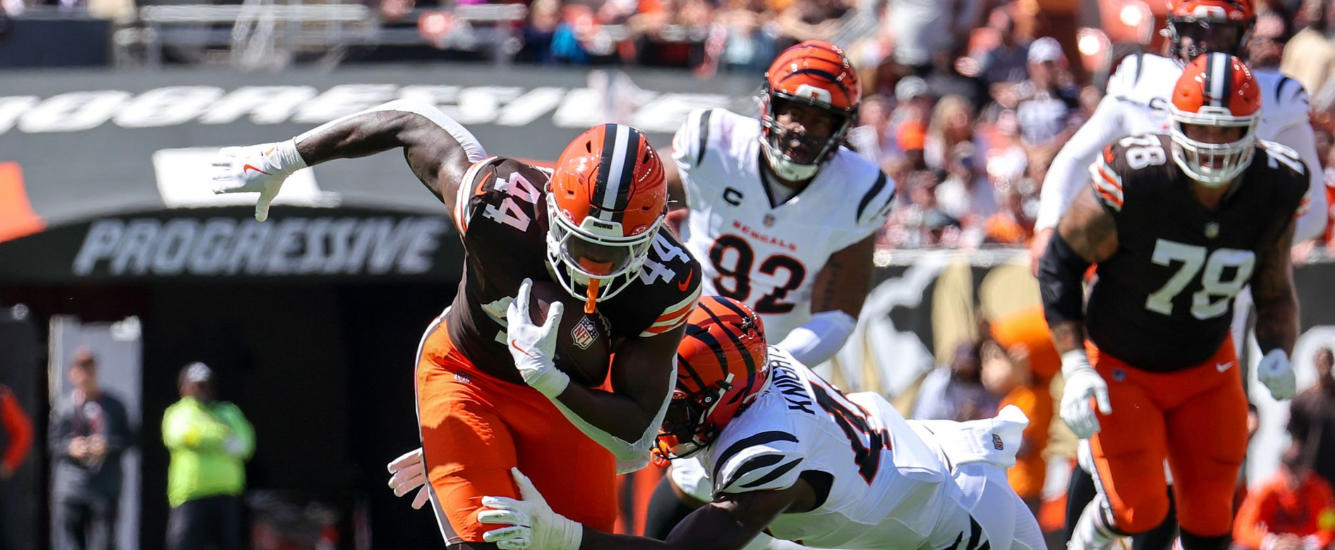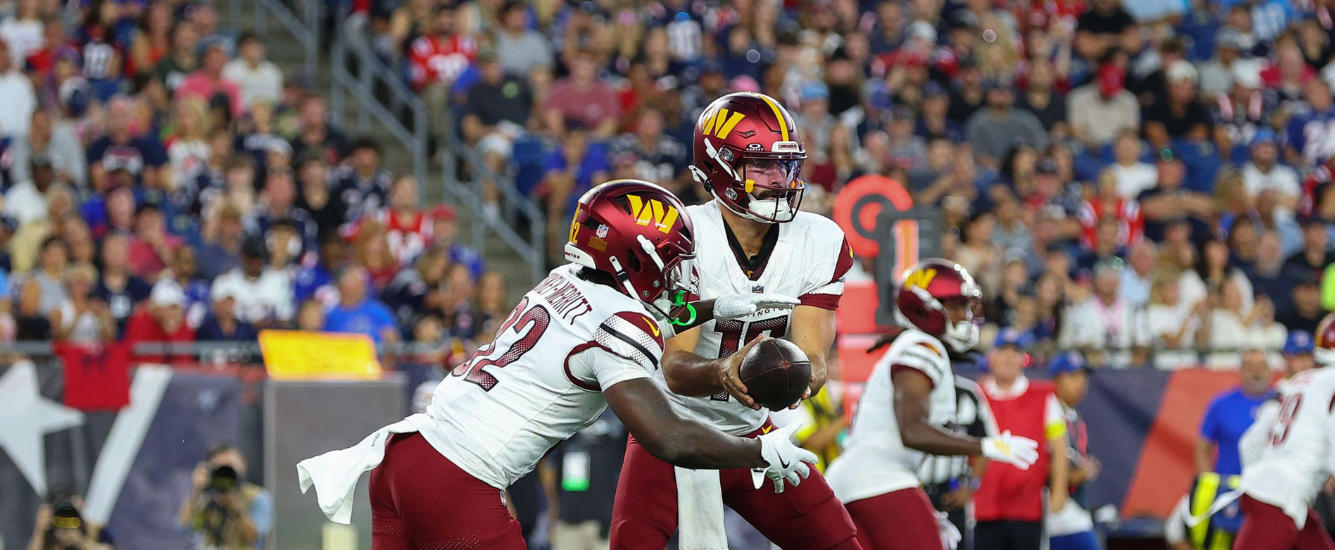The 2022 rookie quarterback class is widely regarded as one of the weakest in recent memory. Each player comes with notable red flags and their current Underdog ADPs reflect this. Malik Willis is the earliest of the crop at QB28 in the Superflex, while Kenny Pickett, Matt Corral, Desmond Ridder, and Sam Howell all go QB33, QB36, QB37, and QB40 respectively. The Underdog single quarterback ADP has been frozen, but QB28 had an ADP of 209.1.
That the entire class is virtually free likely has something to do with the fact that last year’s rookies stunk. Mac Jones led the pack with an 8.3% win rate, but Trey Lance (7.1%), Justin Fields (7.0%), Zach Wilson (6.9%) and Trevor Lawrence (5.5%) caused nothing but anguish for managers last year. The strong expectations added even more insult to injury. Most notably, Lance got pushed up to high single-digit ADP and then rode pine for most of the year. Recency bias is a strong driver of human decision making and may explain in part why the surprisingly strong upside of the class is so overlooked.
Why the Ceiling Case is so Strong
Dynasty and Devy guru Travis May has developed an incredibly powerful model for predicting both draft capital and future fantasy success. Travis takes adjusted yards per attempt (which accounts for touchdowns and interceptions). He then further adjusts for play action percentage (as this makes all quarterbacks more efficient) to produce average yards per attempt over expected or (AYAOE). The other metric is simply a quarterback’s market share of team rushing yards.
These numbers (which are available in the incredible Rookie Guide), show the class as being much stronger than believed elsewhere. It is a genuine shame when such a strongly predictive model flies this far under the radar. On the other hand, in a fantasy landscape that is rapidly getting more efficient every year, it’s a gift when such a large inefficiency presents itself. It’s also important to remember that the collective track record for predicting future NFL success is extremely hit and miss. When a hard consensus forms about such an uncertain outcome and you have information that points the other way, these are ideal conditions for taking a contrarian stance.
The most overlooked element of the class is the very strong rushing profile of multiple players. Willis is the most obvious one, accounting for 37% of Liberty’s rushing yards in 2020. But the top of the draft is absolutely stacked with intriguing dual threats. That we have the opportunity to spread our bets among several exponential upside options increases our probability of hitting on a best ball tournament winning player even more.
Unproven dual threat quarterbacks are consistently undervalued. Last year we told you to draft Jalen Hurts, the year before it was Lamar Jackson. Despite the fact that the importance of rushing upside for quarterback scoring is well established, the discounts routinely available for this profile of player demonstrates the clear inefficiency.



















